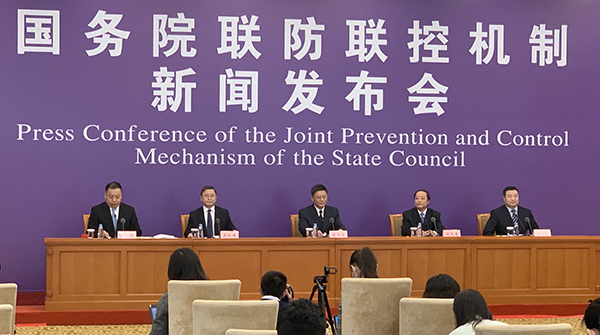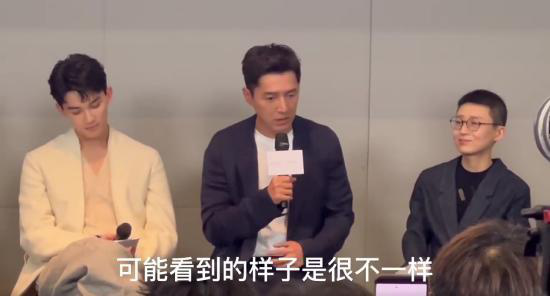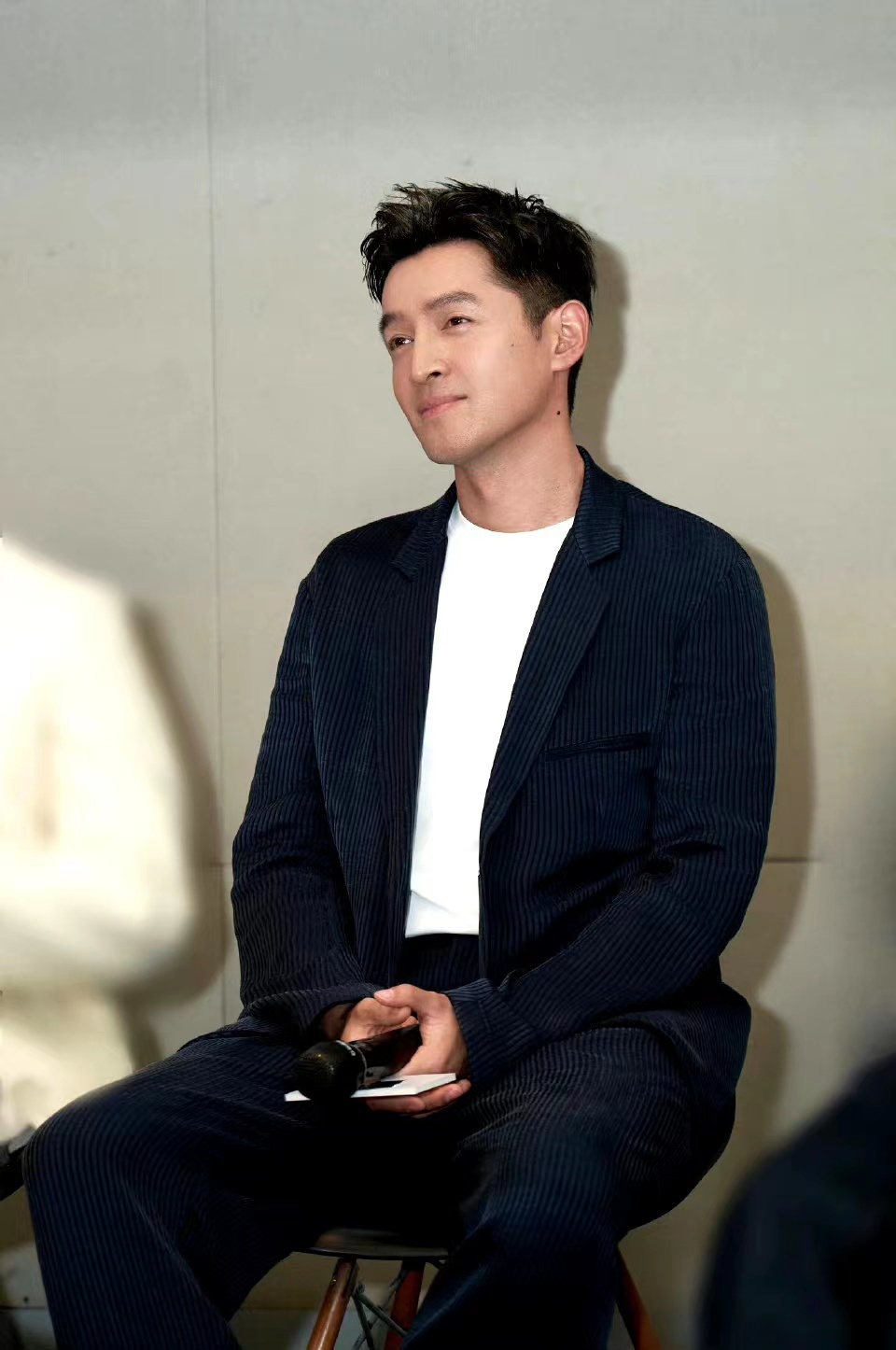
Cctv news(Reporter Wang Jiazhu) The joint prevention and control mechanism of the State Council held a press conference at 15: 00 on April 9. Cai Ronghua, deputy director of the Industrial Development Department of the National Development and Reform Commission, Sun Guangqi, director of the Economic Construction Department of the Ministry of Finance, Wu Xianfeng, deputy director of the Atmospheric Department of the Ministry of Ecology and Environment, and Wang Bin, head of the Consumption Promotion Department of the Ministry of Commerce, introduced the situation and answered questions from the media.
The epidemic situation will not affect the long-term positive trend of China’s automobile industry
Cai Ronghua, deputy director of the Industrial Development Department of the National Development and Reform Commission, said that although the COVID-19 epidemic did bring great impact and downward pressure to the automobile industry in a short time, it was temporary.
"According to the statistics of industry associations, 1— In February, automobile production and sales decreased by 40% year-on-year, of which February alone decreased by 80% year-on-year. " Cai Ronghua said that as the national epidemic prevention and control situation continues to improve, automobile production and sales are gradually picking up. At present, the daily output has gradually recovered to more than 75% of the same period last year, and the dealer’s orders have returned to more than 65% of the normal level. The resumption of automobile production has been fully launched and the market sales are also recovering. At the same time, the inventory of imported parts of domestic enterprises is relatively abundant, and some increased orders are also in transit, so the production of vehicle enterprises has not been affected by imported parts.
Wang Bin, head of the Consumption Promotion Department of the Ministry of Commerce, also said that China’s automobile production and sales have been declining for two consecutive years, indicating that after years of rapid growth, the whole industry has gradually entered a stage adjustment platform, but this does not mean that automobile sales will continue to decline, and China’s automobile consumption has not yet reached the "ceiling" of development. He said that in the next decade, China’s automobile consumption still has a very large room for development.
The implementation of the national six emission standards has not yet been implemented.
Wu Xianfeng, deputy director of the Atmospheric Department of the Ministry of Ecology and Environment, said that the COVID-19 epidemic did have a great impact on the automobile industry. In terms of the implementation of emission standards, it mainly affected the supply of new car parts, the certification of new car products and the sales of stock cars, and the most important impact on the national six was the control of particulate matter emission. Hubei Province and Wuhan City, which are most affected by the epidemic, are the main areas of automobile production in China, and the impact is nationwide. In addition, the recent spread of overseas epidemic has also affected the global automobile supply chain in China.
Wu Xianfeng revealed that the Ministry of Ecology and Environment is considering appropriately delaying the implementation in areas where the national six emission standards have not been implemented, that is, appropriately extending the production transition period of automobile production enterprises and appropriately extending the sales period of the national five inventory vehicles. "Once this policy is introduced, it will be announced to the public as soon as possible."
At the end of this year, China’s car ownership will surpass that of the United States.
Wang Bin introduced that at present, with the continuous improvement of domestic epidemic prevention and control situation, automobile enterprises have fully resumed work and production, and the market demand has steadily picked up. In late March, the automobile sales of retail enterprises monitored by the Ministry of Commerce increased by 8.9% compared with that in late February. According to statistics from china automobile dealers association, 1.04 million passenger cars were sold in March, which was 37.5 percentage points higher than that in February.
In recent years, China’s automobile consumption has mainly shown four characteristics: the scale has been growing, automobile production and sales have been ranked first in the world for 11 consecutive years, and China’s automobile ownership is expected to surpass that of the United States by the end of 2020. The structural adjustment has been accelerated, and the number of family cars owned by rural residents has increased by 15.5%, which has been significantly higher than the growth level of cities and towns for five consecutive years. The level has been gradually upgraded, and the market share of mid-to high-end passenger cars has been expanding. SUV sales accounted for 43.7%, 1.5 percentage points higher than the previous year. Green development is prominent, and the sales volume of new energy vehicles exceeds 1.2 million, accounting for more than 50% of global sales.
The extension of preferential policies for purchasing new energy vehicles for two years mainly considers these three points.
According to the decision of the CPC Central Committee and the State Council, the central government subsidized the purchase of new energy vehicles from 2009, and exempted the vehicle purchase tax of new energy vehicles from September 1, 2014. On March 31st this year, the executive meeting of the State Council decided to extend the two preferential policies of new energy vehicle purchase subsidy and vehicle purchase tax exemption due at the end of this year for two years.
Sun Guangqi, director of the Economic Construction Department of the Ministry of Finance, said that the introduction of this policy is to help solve problems and promote high-quality industrial development. China’s new energy industry started early, started well and developed rapidly, but there are some practical difficulties at present, mainly because the manufacturing cost of new energy vehicles is still relatively high, which makes it difficult to compete with traditional fuel vehicles and needs continued support. The second is to conform to the development trend and improve the comprehensive competitiveness. The third is to hedge the impact of the epidemic and promote automobile consumption. In January and February, the production and sales of new energy vehicles decreased by 63.8% and 59.5% respectively compared with the same period of last year. Extending preferential support policies will help stimulate the consumption of the automobile market, hedge the impact of the epidemic, and also help support related industries and enterprises to speed up the resumption of production.
25 provinces and cities have cancelled the restrictions on the removal of used cars.
The data shows that in 2019, the number of used cars in China was 14.923 million, an increase of 8% year-on-year, and the transaction volume was nearly one trillion yuan. However, the proportion of second-hand car transactions in new car sales is only about 1/3 of that in developed countries. According to this calculation, the transaction volume of used cars in China should be close to 40 million in theory, and there is huge room for development. Since 2016, China has deployed and cancelled the policy of restricting the movement of used cars, requiring that all regions should allow qualified used cars to move in except Beijing-Tianjin-Hebei, Yangtze River Delta, Pearl River Delta and other key areas for air pollution prevention and control, and allow qualified used cars to trade and circulate in this province and city.
Wang Bin introduced that so far, 25 provinces and cities outside the key areas of air pollution prevention and control have explicitly cancelled the restrictions on relocation, and the relevant areas have also cancelled the restrictions on relocation within the province. Benefiting from this, in 2019, the proportion of cross-regional transfer of used cars increased by 8.7 percentage points compared with 2015.
"The introduction of the policy of reducing the value-added tax of used car distribution enterprises by 0.5% of sales in the State Council is a milestone for the development of used car industry, which will help promote the scale, specialization and brand development of used car enterprises, help accelerate the release of used car consumption potential in the market, and create greater market space for new car consumption." Wang Bin said that the next step will be to speed up the revision of the Measures for the Administration of Second-hand Car Circulation, further promote the implementation of the policy of removing the restrictions on the movement of second-hand cars, and promote the free circulation of second-hand cars.
One million diesel trucks will be eliminated in these two areas this year.
Wu Xianfeng, deputy director of the Atmospheric Department of the Ministry of Ecology and Environment, said that in the first half of February this year, due to the double influence of the Spring Festival holiday and the epidemic situation, the national traffic flow dropped significantly. In Beijing, Tianjin and Hebei and surrounding areas, road freight dropped by 77% and passenger traffic dropped by 39%, which directly brought about a reduction of vehicle pollutant emissions by about 50% and a reduction of nitrogen dioxide concentration in the air by about 30%.
Wu Xianfeng said that so far, China’s traffic flow has basically returned to the normal level, and pollutant emissions have also returned to the normal level. "In order to further control motor vehicle pollution and reduce vehicle emissions, we have guided more road transportation to railway transportation. At the same time, strengthen supervision and continuously improve the quality of vehicle oil. The other is to steadily promote the implementation of new vehicle emission standards and further eliminate high-emission old vehicles. "
According to reports, since 2013, China has eliminated more than 27 million yellow-label vehicles and old high-emission vehicles. This year, it will promote the elimination of 1 million diesel trucks in Beijing, Tianjin and Hebei and surrounding areas and Fenwei Plain, which can reduce the emission of motor vehicles by more than 30% and particulate matter by more than 50%, and other parts of the country will continue to advance.
This year, more than 600,000 charging piles will be added to support more vehicles in residential areas.
By the end of last year, the total number of charging piles in China had reached 1.22 million, including 520,000 public piles and 700,000 private piles. The charging facilities have covered 404 cities across the country.
Cai Ronghua introduced that in the next step, the country will continue to increase the construction of charging infrastructure. First, combined with the renovation of old residential areas, it will guide relevant parties to jointly carry out the construction and operation of charging infrastructure, and support multiple vehicles in residential areas, that is, several vehicles share one pile and share parking spaces nearby, so as to solve the problem of building piles in residential areas. The second is to speed up the formation of a public charging network with moderate advance, fast charging and slow charging supplemented in highways, cities and villages, and encourage the demonstration of the use of power exchange mode. The third is to strengthen the research and development of new charging technologies and improve the digitalization and intelligence level of charging services.
According to the survey of trade associations, it is estimated that the investment will be about 10 billion yuan this year, with about 200,000 new public piles, more than 400,000 new private piles and 48,000 public charging stations.





